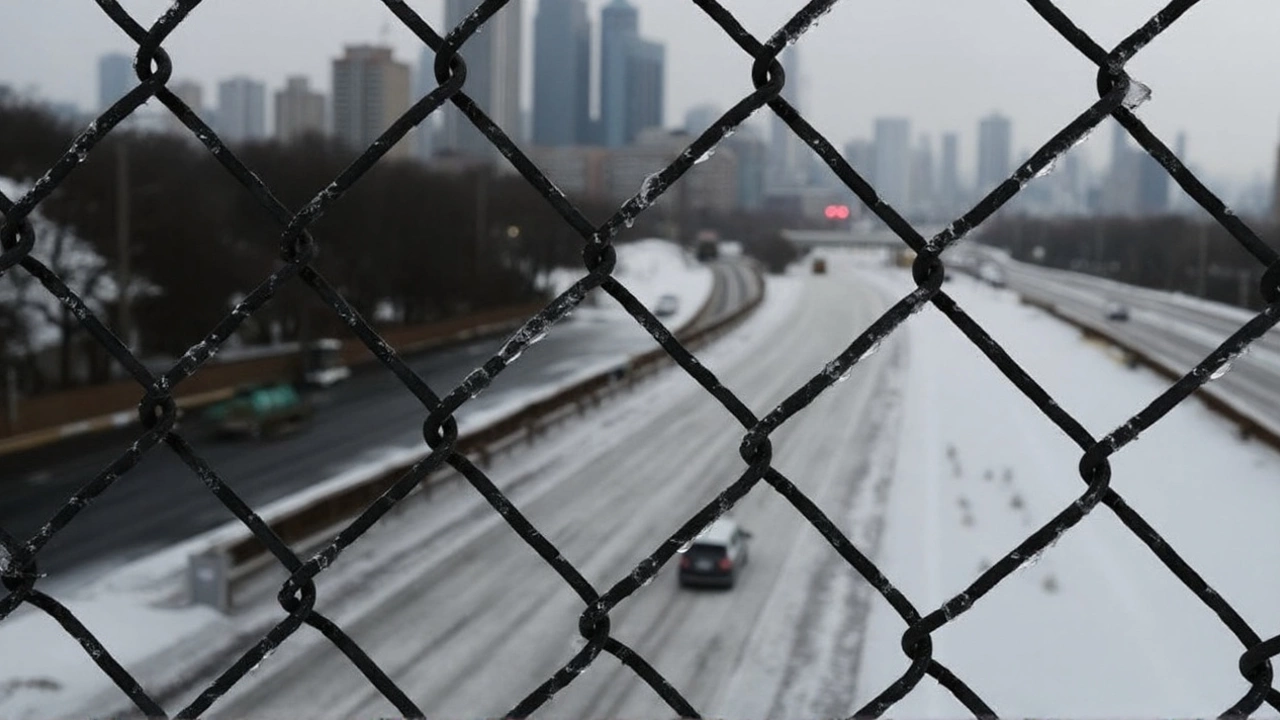Freeze warnings across North Dakota, South Dakota, Nebraska, Wyoming and Minnesota as first autumn cold snap arrives
 Sep, 7 2025
Sep, 7 2025
The season’s first real shot of cold air is plunging into the Northern Plains and Upper Midwest, prompting the National Weather Service to post freeze warnings across large parts of North Dakota, South Dakota, Nebraska, Wyoming and Minnesota. Overnight lows are expected to dip to near or below 32°F for several hours, especially in rural areas and low-lying valleys where cold air settles fastest. For many communities, this will mark the end of the growing season.
A push of Canadian high pressure is driving the drop. Skies will clear, winds will ease, and the setup favors strong radiational cooling—classic ingredients for a hard chill before sunrise. Urban centers may flirt with freezing, while outlying spots could slip into the upper 20s. Forecasters say nearby areas just outside the warning zones may still see patchy frost where clouds break and winds calm.
Timing will vary by location, but the coldest window generally arrives late night through the first few hours after dawn. In many parts of North Dakota and northern Minnesota, a first freeze in late September or early October is common. Farther south, it’s often later—so this cold snap could feel like an early jolt for some neighborhoods in South Dakota and Nebraska, even if it’s right on schedule for others.
What the freeze warning means
A freeze warning signals a high likelihood of subfreezing temperatures that can kill sensitive plants and end the growing season. It’s a notch more serious than a frost advisory, which usually covers a lighter, short-lived chill with temperatures hovering just above freezing. A freeze watch is the early heads-up; a freeze warning means it’s imminent.
The practical impacts are straightforward: gardens and late-season crops are at risk, shallow-rooted plants can be damaged, and unprotected outdoor plumbing may be stressed. The first freeze also changes daily routines—people switch on furnaces, grab heavier jackets for the early commute, and watch for slick spots on bridges if there’s any leftover moisture on roads.
While roads stay mostly fine in dry conditions, bridges and overpasses cool quicker than ground-level pavement. If there’s any residual moisture from irrigation or recent showers, a few slick patches can develop before sunrise, especially in river valleys and open country. Cooler air over warmer lakes and rivers can also generate morning fog pockets, briefly trimming visibility on rural routes.
How to prepare before temperatures drop
- Protect plants: Move potted plants indoors or into a garage. For in-ground beds, use breathable covers like sheets or frost cloth, secured to the ground to trap warmth. Water the soil in the late afternoon; moist ground holds heat better than dry.
- Backyard plumbing: Disconnect hoses, drain and cover outdoor faucets, and shut off irrigation zones if you can. If you’ve installed new sprinkler lines this year, make sure they’re not holding water near the surface.
- Home check: Test the furnace before the coldest night so you’re not troubleshooting at 3 a.m. Replace or clean filters, and make sure carbon monoxide detectors have fresh batteries. Keep space heaters clear of anything that can burn.
- Vehicles: Cold can expose weak batteries. If starts have been sluggish, a test is cheap insurance. Verify coolant levels and tire pressure; both drop as temperatures fall.
- Livestock and pets: Ensure waterers don’t freeze overnight. Add bedding, check windbreaks, and bring pets inside or provide insulated shelter.
- Small farms and ranches: If you rely on light irrigation for frost protection in specialty crops, plan ahead—it’s most effective under calm, radiational cooling. For row crops nearing maturity, the first freeze can affect moisture content and harvest timing; align equipment and storage plans accordingly.
Gardeners often ask whether one cold night ends everything. Hardy greens like kale can survive a light freeze, but tender plants—tomatoes, peppers, basil—are unlikely to bounce back after several hours below 32°F. If you’re trying to squeeze a bit more harvest, prioritize covering those tender beds first.
This first freeze can also be a nudge for home maintenance. It’s a good time to clear gutters, schedule a chimney sweep if you burn wood, and confirm that sump pump discharge lines aren’t exposed where they could freeze later in the season. A few small steps now can save a mid-winter headache.
After the freeze, daytime sun should ease the chill, but another cold night can follow if the high pressure lingers. Keep an eye on updated forecasts from local weather offices for any extensions or expansions of warnings and advisories. Once a widespread freeze sets in, pollen levels drop sharply, mosquitoes thin out, and fall color can accelerate—signs that the cold season is settling in across the northern tier.